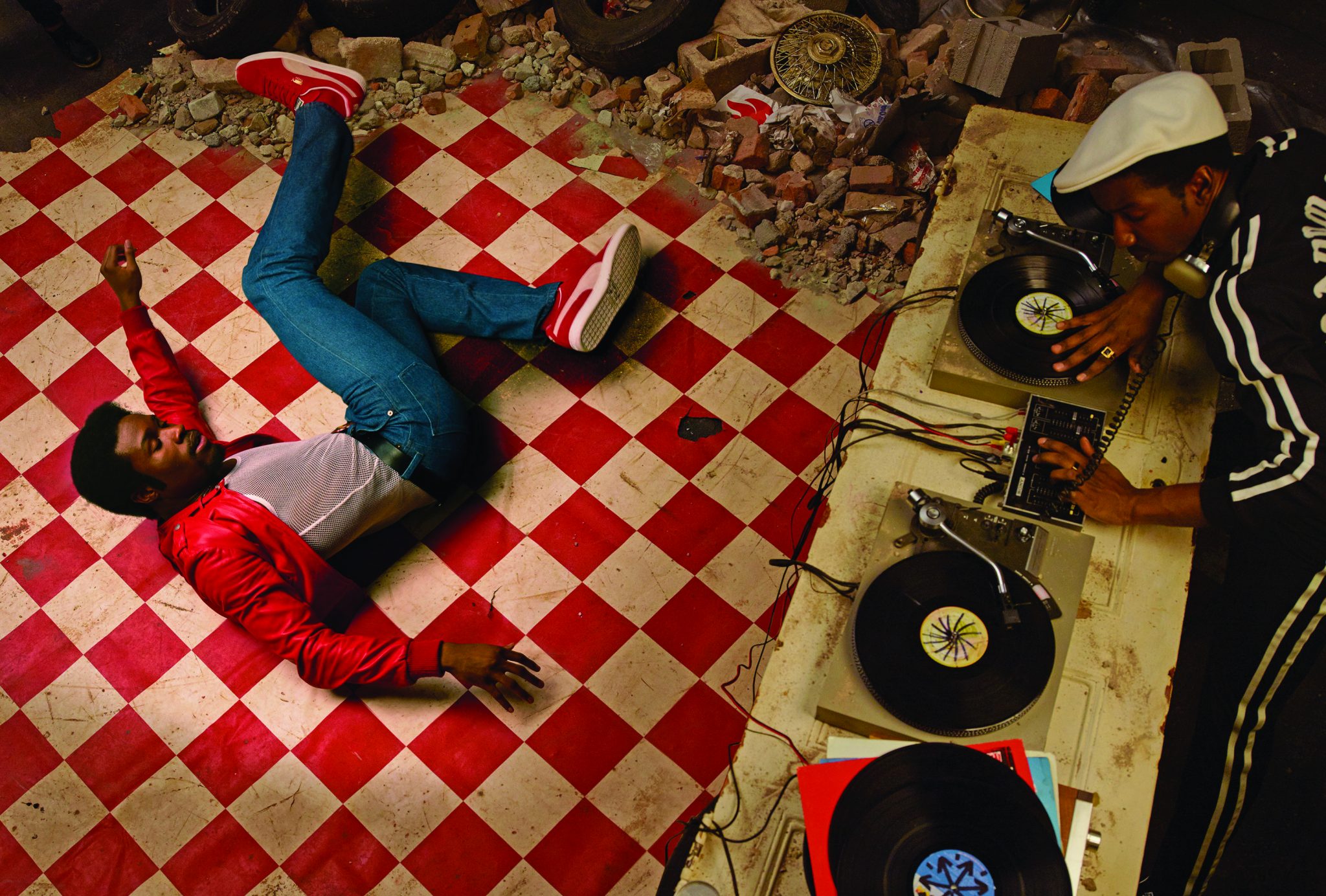
Baz Luhrmann’s debut on Netflix features nothing short of a drug ring, flashy silver guns, obese political bosses, and underground orgies all combined with the upbeat music scene of the ‘70s. In the epic musical drama “The Get Down,” Luhrmann follows Ezekiel Figuero (Justice Smith), a rapper with a penchant for freestyling and spitting bars, and Mylene Cruz (Herizen Guardiola), an aspiring boricua singer who wishes to break free from her religious musical roots. Luhrmann has also brought a couple household names to the show — rapper and producer Nas, for one, and Jaden Smith as “Dizzee” Kipling, one of the three wingmen to Ezekiel’s up and coming rap group.
Mylene and Ezekiel’s story as lovers seems reminiscent of the West Side Story, but the backdrop is inspired by intense hues of the South Bronx and flashy lights of Manhattan, serving as the starting point for a festering ‘70s sentiment of hatred for the establishment and infatuation for the rebellious.
Scenes from the underground disco clubs — everything from glowing drag shows and visual samples of neon Studio 54 to hip hop jiving and intense disc jockeying — reveals a familiarity Luhrmann possesses with his work at hand. Luhrmann clearly shines when it comes to setting and scene. The first 15 minutes of “The Get Down” are hectic. Visual panning over the magnificent skyline of Manhattan across the Hudson, vibrant and saturated optics of fresh graffiti, and the powerhouse vocals of Diana Ross all seem to be grand, smartly planted effects that subtly attract the nostalgic viewer.
Of course, Luhrmann doesn’t show any sort of restraint on his handling with the plotline. Oftentimes, it can’t help but seem as if Luhrmann took a story meant to be comfortably seated in a 13-episode drama and crammed it into a six-hour pilot season. He handles dozens of plotlines, ranging from Ezekiel and Mylene’s love life to the inner political workings between a younger Ed Koch and Mylene’s politically savvy uncle.
His deviations into Mylene’s struggles with her parents over her provocative disco music are surprisingly unrelatable, and his pursuit to pleasantly wrap up all the storylines by the final episode seems like a task too difficult to complete with the amount of time allotted.
The story is satisfying when it’s easy to comprehend, but often seems overwhelming..The jump cuts, intense disco music, and saturated hues all from the gorgeous backdrop seem to blend all in with each other. Lamentably, the background wows the reader at times even more than the story does.
That isn’t to say that the attention to detail in “The Get Down” isn’t present; the soundtrack for “The Get Down” features juggernauts like Christina Aguilera and smartly edited disco tracks from Donna Summer. Even more surprising is the close partnership between Nas and Luhrmann. On the front end of “The Get Down”, Nas features as an older Ezekiel as he raps to a fervent group of fans. In the background, Nas is responsible for a significant portion of the script and music writing as he lends perhaps a more authentic and compelling tone to “The Get Down’s” story.
“The Get Down,” through it all, features a visual spectacle unlike any other show. Ezekiel’s journey through the dangerous waters of hot hip hop club Les Inferno and his spontaneous breakout sessions of freestyle rap are effortlessly endearing. Mylene equally shines with gorgeous vocals that unleash power all over her first record, aptly titled “Set Me Free.” Luhrmann and Nas bring everything they can to the show, and manage to satisfy the viewer’s desire for a hectic, engrossing story, all the while presenting a comfortably and gorgeously gilded view of South Bronx in the ‘70s.





